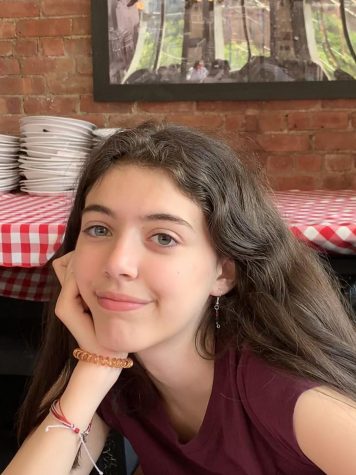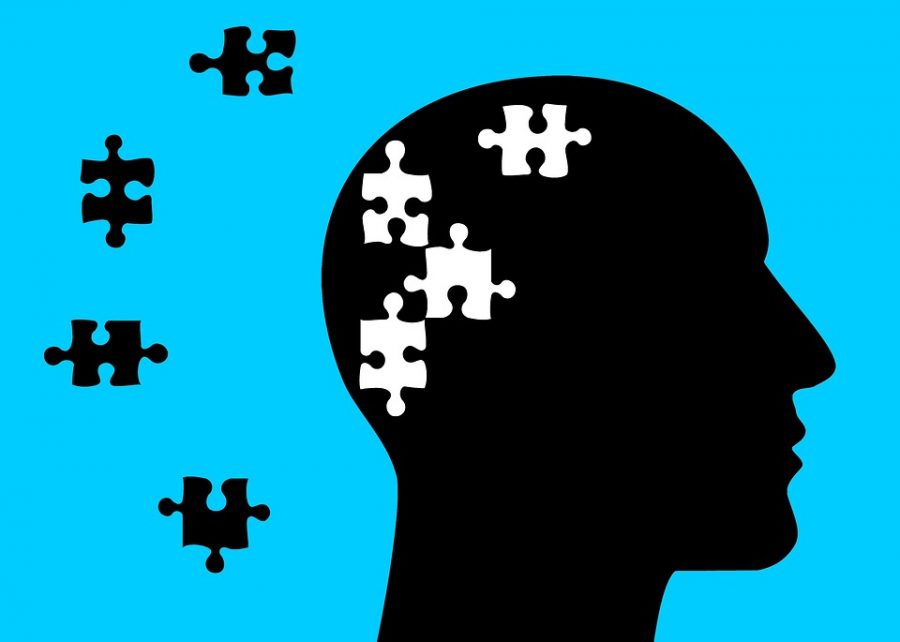I remember…
Puzzle pieces connecting to different parts of the brain, similar to the complex memorization process.
I remember my seventh grade academic decathlon competition.
I remember aimlessly wandering around Strub Hall on the first day of freshman year.
I remember cleaning out my locker when school shut down due to COVID in 2020.
Memories. We subconsciously make them all the time. But how does this process work? And why do we remember some things, but not others?
Memory is the ability to preserve and retrieve information.
The process of creating and retaining memories is broken down into three steps, encoding, storage and recovery.
Encoding is how we absorb, process, and combine information from the outside world in four ways:. There is visual encoding that uses the amygdala in the brain. If you were shown a list of words, each for about five seconds, visual encoding allows you to remember if a word was capitalized or written in a larger font.
Acoustic encoding utilizes sounds to embed information and is preserved by using the phonological loop. We all experienced acoustic encoding in preschool when we learned the ABC song, and nowadays we memorize the lyrics to the latest Tik Tok sound or pop song. Aloud repetition is key.
Elaborative encoding combines previously retained information with new experiences as it builds on previous knowledge.
Finally, semantic encoding involves processing inputs that have a specific meaning. This could include applying definitions to words or understanding the context of a situation.
Once the information has been absorbed, we use storage helps us retain a memory. Think of this as an interior file that we create to store the knowledge.
Lastly, during recovery stored information is located and retrieved in response to a signal.
This three-step process can ensure you remember the name of an acquaintance or the quadratic equation on a math test.
More to remember: there are two types of memory, short-term memory, also known as working memory, holds a small amount of information for only around 20 seconds. And long-term memory stores most of our information. From our address, to a friend’s birthday, to the end date of the first World War, long term memory lasts.
Rehearsal such as constantly repeating something out loud, practicing countless problems, or scanning the lyrics to a song multiple times converts short-term memories to long-term memories.
Sometimes, errors occur. Distractions like loud noises or social media can interrupt the encoding process, the information may not be transferred from short-term to long-term memory properly, or we may not be able to retrieve the information once it’s stored.
With Thanksgiving right around the corner, take a moment to reflect on all the memories that you’ve made with your loved ones. Whether it’s a family vacation, a sleepover with friends, or last year’s Thanksgiving celebration, all of these memories have meaning and are therefore, retained in your long-term memory.
Have a wonderful Thanksgiving with your families and remember to make lots and lots of memories!

Mia Maalouf is a senior at Mayfield Senior School. She will serve as opinion Co-Editor-In-Chief this year on the Mayfield Crier. At Mayfield, she is the...


